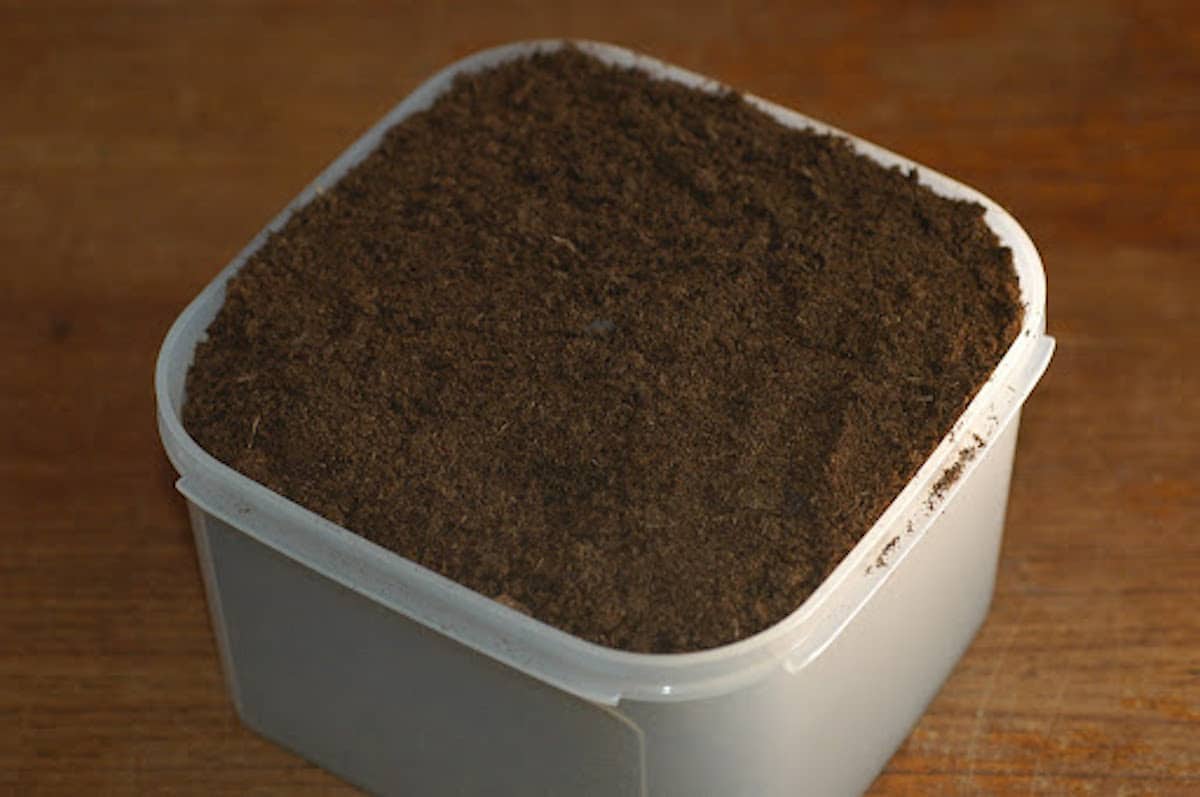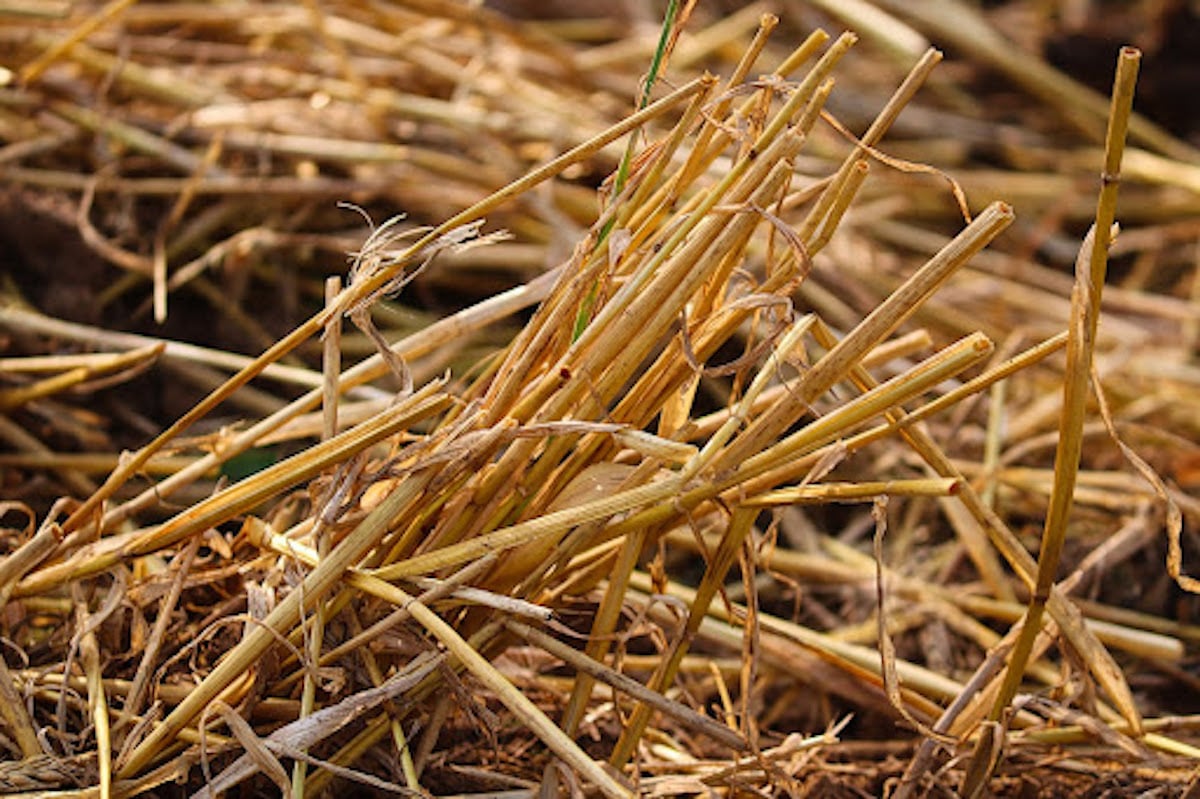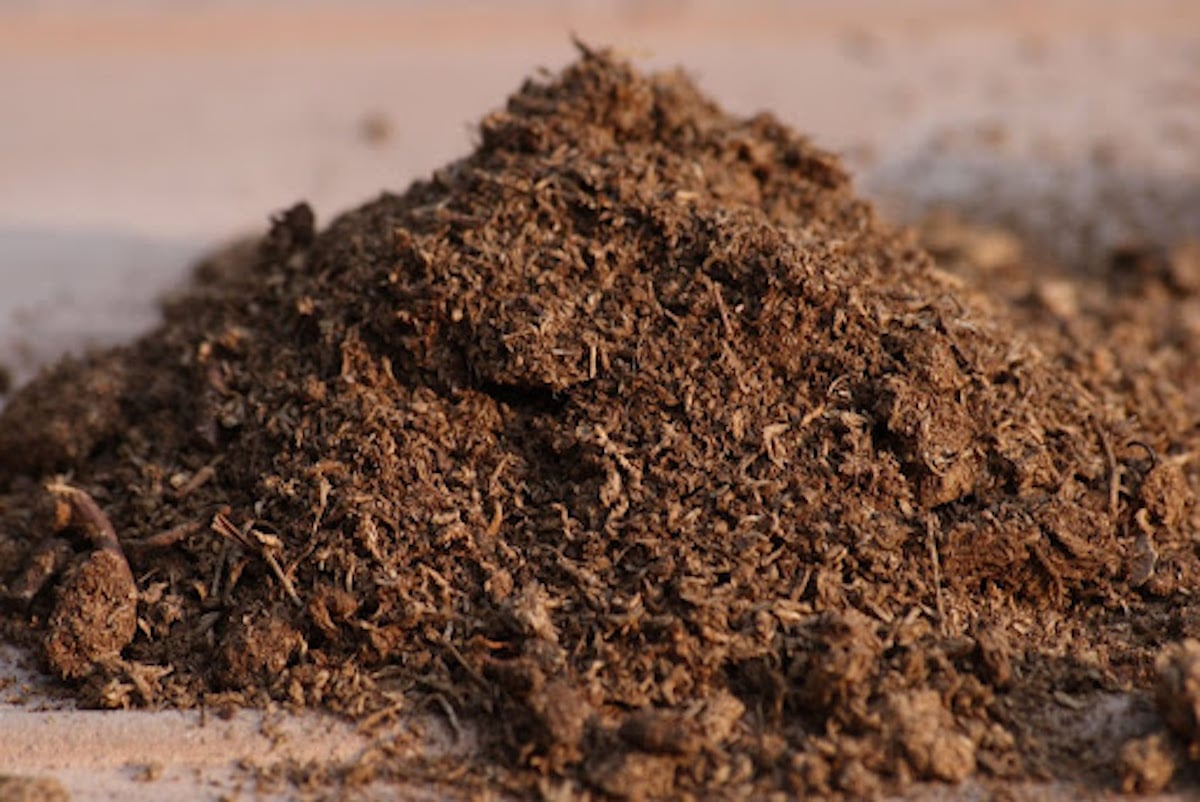Table of Contents
Choosing the planting medium to cover your grass seeds can make a difference in achieving a lush lawn. So which should you go for, peat moss or straw for grass seed?
This article will explore the pros and cons of using each material. Let’s dive in and discover the supreme option for your green lawn!
Peat Moss Or Straw For Grass Seed?
Peat moss is organic matter. When incorporated into the soil, it can increase the rate of grass seed germination.
Like peat moss, straw is an extra aid on top of a seeded bed. It also helps retain moisture to improve the growth rate.
Peat moss and straw are both cheap and easy to find, making them among the most common choices among lawn owners. Here are some differences between these materials.
Sterility
The peat moss you buy from the store is usually sterilized. Hence, no spores, diseases, or weed seeds come with it.
Sterilization ensures you are less likely to introduce unwanted elements to your property. So, consider this material if you want to maintain a weed-free environment during grass seed germination.
On the other hand, the straw can be sterilized, too. However, it’s rare, and you must pay more.
Generally, the level of sterility of straw is lower than peat moss. Thus, it may transmit weed seeds to your lawn.
Water Retention
Peat moss has superior water retention capabilities than straw. It can hold more moisture, making it beneficial for grass seed germination.
Thanks to the peat moss, the soil won’t dry out easily. Therefore, Your grass will have a consistently moist environment for optimal growth.
Straw is not as effective at retaining moisture as peat moss. Yet, it can work as a lid to create a barrier above the seeds to trap moisture. This process can slow down evaporation and reduce the drying rate of the soil.

- Peat moss is better at retaining moisture
Weight
When dehydrated, peat moss is very lightweight. Hence, transporting and storing the material won’t be a tricky task.
Besides, if you are seeding a new lawn by yourself, a lightweight medium will be a better choice.
Erosion Prevention
In this round, straw is the winner due to its ability to resist washing and blowing away. This material will be an excellent assistant if your lawn has slopes or hills.
The interlocking structure of straws creates a protective barrier to anchor the grass seed. Thanks to this barrier, the nutrients can remain in place in strong winds and rain.
On the other hand, peat moss is more susceptible to erosion because of its lightweight nature.
Composition
Peat moss is acidic. Although it’s suitable for grass species that prefer acidic soil, the antimicrobial properties of this material may inhibit the growth of soil microbes.
When peat moss decomposes, it won’t add beneficial nutrients to the soil. In contrast, the straw will leave nutrients in the soil when it decomposes. The decomposition process will enrich your soil and support the grass’ growth.
When the straw has decomposed, you can spread it around your lawn. Then, use the material as mulch or compost.
Furthermore, straw doesn’t increase soil acidity. Besides, it won’t prevent microbe growth.

Comparison Table
We have compared peat moss and straw in multiple factors. Now, let’s summarize the differences between them before deciding the better one:
| Peat Moss | Straw | |
| Sterility | Sterilized | May not be sterilized |
| Water Retention | Excellent | Good |
| Weight | More lightweight | Heavier |
| Erosion Prevention | Prone to washing and blowing | Excellent |
| Composition | Less nutritional value for the soil | Significant nutrition value for the soil |
Pros And Cons Of Peat Moss And Straw For Grass Seed
If you still can’t make up your mind after checking the comparison table above, consider the pros and cons of each method.
Peat Moss
Pros:
- Moisture retention: Peat moss has excellent water-holding capacity. Hence, it can always keep the soil moist for seed germination.
- Sterility: This material’s higher level of sterility reduces the risks of weed seeds, diseases, and spores.
- Lightweight: Handling lightweight medium is easier.
Cons:
- Erosion: Because peat moss is lightweight, rain and wind can wash it away.
- Limited nutrition: When the material decomposes, its contribution to nutrient content is minimal.
Straw
Pros:
- Erosion control: Straw excels in preventing erosion, especially on sloped lawns.
- Organic mulch: When it decomposes, the straw will provide nutrients to the soil. You can use it as mulch or compost for your lawn.
Cons:
- Not sterilized: Not all the straw you buy has been sterilized. Thus, there is a risk of diseases in the material.
- Limited water retention: Although straw can hold water, peat moss is more effective.

How To Cover Grass Seed With Peat Moss?
If you choose peat moss over straw, please follow these steps to cover grass seed with the material:
- Prepare your lawn by removing debris.
- Apply herbicides to kill seed weeds about two to three weeks before planting the grass seeds.
- Tilt the area to loosen the soil for your new lawn, ensuring a depth of six inches.
- Fill low holes or spots with soil and level the area uniformly.
- Spread the grass seeds over the prepared area.
- Lightly pour water over the seeds.
- Cover the seeds with peat moss to a depth of 1/4 inch.
- Lightly water the peat moss and repeat this task whenever it turns brown.
- Water your grass seeds twice a day until they germinate.
When the grass grows up, you are responsible for taking care of it. A lawn mower or weed wacker can help you with this.
How To Cover Grass Seed With Straw?
If you prefer straw, the instructions for applying it to your grass seeds are as follows:
- Prepare the soil as you do with the peat moss.
- Place the seeds over the prepared area.
- Use a bale of straw for every 1,000 square feet of soil. Do not lay the straw too thick, or it can’t access the moisture and sunlight.
- Water the straw.
- After germination, remove the straw so the seeds can grow up.
- Mow the grass when needed. Remember to use the grit for sharpening your lawn mower to achieve clean cuts.

- Learn how to use the two materials properly
Conclusion
Peat moss is better for grass seeds in terms of sterility and water retention. The light weight also helps you carry out your gardening tasks easier.
On the other hand, straw is excellent at preventing erosion. Moreover, when it decomposes, you can use it as mulch or compost for your lawn.
So, peat moss or straw: which is your favorite? Please share your choice with us in the comment section. Thank you for reading!


